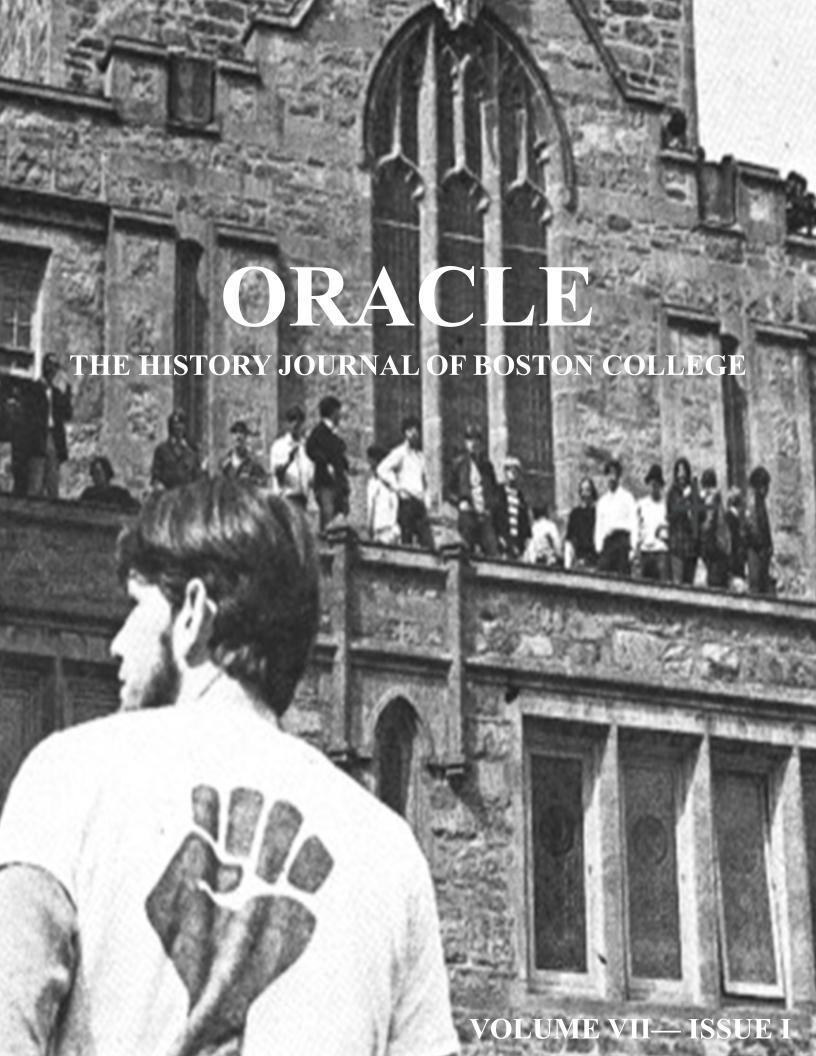Beans and Beer
Analyzing the Transition of English Coffeehouses and Taverns from the 17th to the 18th Century in Terms of the Public Sphere
Keywords:
Coffee, Public Sphere, Coffee House, BarAbstract
This paper examines the transition of English coffeehouses and taverns from the 17th to the 18th century, focusing on their role within the public sphere. The 17th century witnessed a surge in social interaction and information exchange in Europe, particularly in England where the Glorious Revolution broadened the avenues for free expression. This period saw significant infrastructural improvements and economic growth in London, drawing a diverse populace engaged in various industries. Coffeehouses emerged during this era, inspired by traditional drinking establishments like alehouses, inns, and taverns, and soon became integral to metropolitan life. This study utilizes primary accounts from Samuel Pepys and Dr. Alexander Hamilton to explore how these venues served as crucial platforms for social interaction across different social strata, thus contributing to the development of the public sphere. The paper argues that while these establishments initially facilitated diverse social integration, the 18th century saw a shift towards more segmented interaction based on economic, professional, or social similarities, which diluted the robustness of the public sphere. This transition is analyzed through the contrasting dynamics in these establishments, as documented in Pepys’ and Hamilton’s writings, reflecting broader social and cultural shifts in England during the transition from a predominantly rural to a more urbanized society. The findings suggest that the evolution of coffeehouses and taverns from inclusive to more exclusive venues mirrors the changes in the English public sphere, highlighting a gradual decline in its inclusivity and representativeness.


